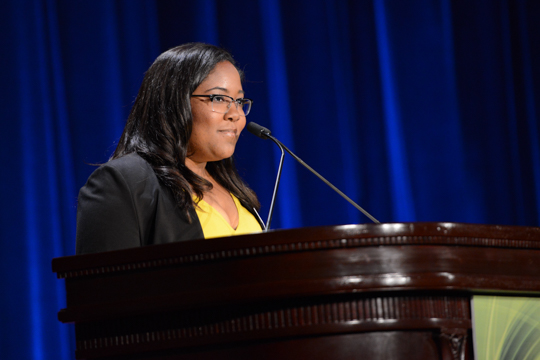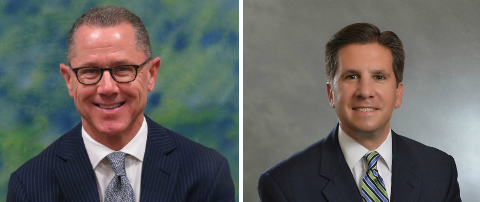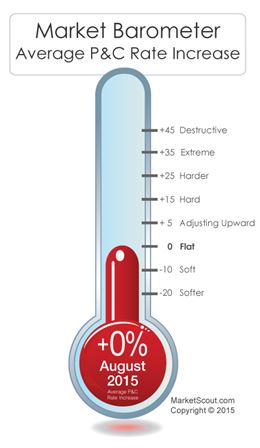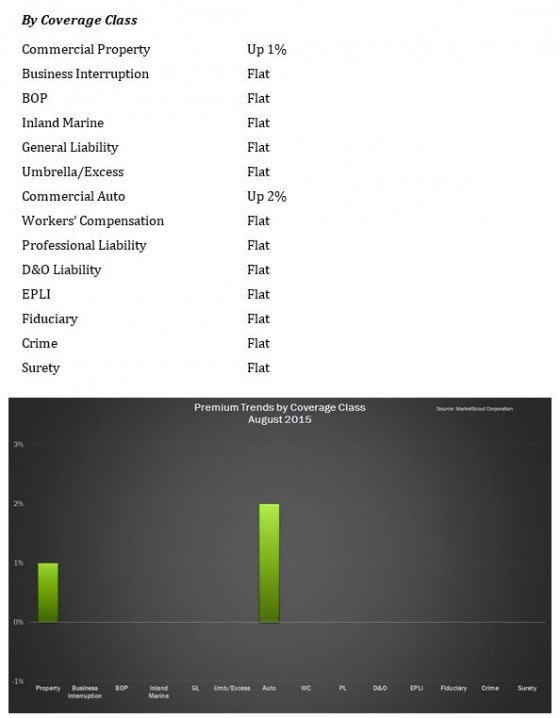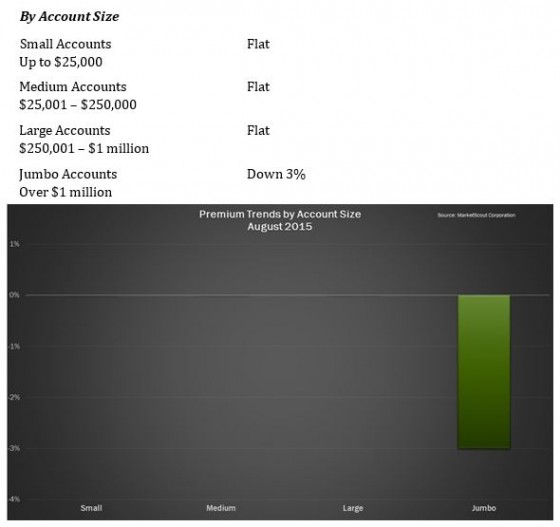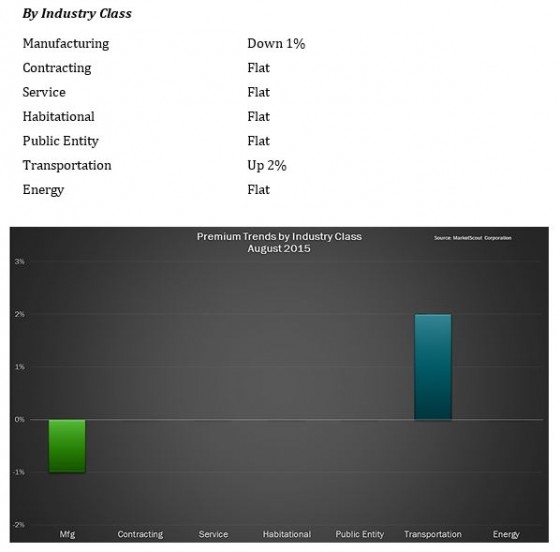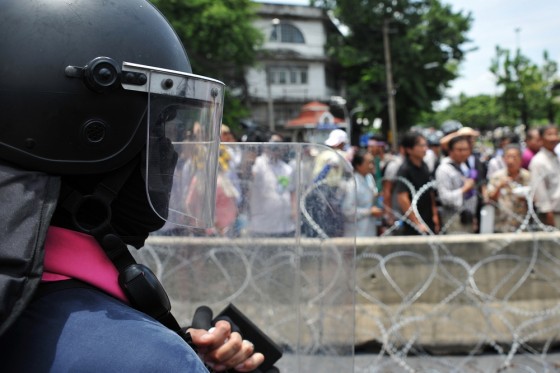NEW YORK—The Spencer Education Foundation raised more than $1.14 million for scholarships and insurance industry education at last night’s gala dinner at the Waldorf Astoria. Attended by more than 750 industry executives, the 2015 gala set records for both fundraising and number of attendees.
Proceeds from the event will fund scholarships for students and professionals studying risk management and insurance and will also finance the foundation’s grant programs. Last year’s gala raised $1.06 million.
Dean Klisura, managing director of global industry specialties and placement leader for Marsh, and Chris Maleno, senior vice president at ACE Group and division president at ACE USA, were honored for their contributions to the advancement of risk management and insurance educational opportunities.
“These individuals are role models for the next generation of industry leaders, and their companies are, and continue to be, dedicated supporters of the foundation and advocates for industry education,” said Brion Callori, chairman of the Spencer Educational Foundation.
The gala also featured remarks from three Spencer scholars:
▪ Angela Addo—master’s degree student at Niagara University and recipient of the Anita Benedetti Memorial Scholarship, awarded to the female graduate student with the highest grade point average.
▪ Michael Beneventano—senior at St. John’s University and recipient of the Dante Petrizzo Memorial Scholarship, sponsored by the RIMS NY Chapter.
▪ DeAnna Young—senior at St. John’s University and recipient of the William J. Clagnaz Memorial Scholarship, sponsored by ACE Group.
Discussing the significance of the Spencer Educational Foundation’s scholarship program, Maleno told the Risk Management Monitor, “It’s no secret to anybody—it’s been in the news as currently as this week—that there is a trillion dollars in student debt. A college education costs a significant amount of money, but there is also no doubt that a college education really can change people’s lives. It becomes a gateway to careers and opportunity.”
He noted the importance of Spencer’s core mission to help fund education for people who are interested in risk management and the insurance industry. “We definitely are going to need more fresh minds in this business and we have to get people prepared for that,” he said. “Spencer is not only helping to fund people interested in our industry, but they also work closely with the universities to help create and structure programs in and around risk management.”
Maleno, who has worked with Spencer since 2002, said that there are currently about a dozen young professionals at ACE who are Spencer award recipients.
Klisura told the Monitor that Marsh has employed 28 scholarship recipients over the years and currently has nine former scholars working for the company. “I think we would all agree, as executives and leaders, that we don’t have enough great, young talent coming into the industry. This is a way to identify talent and for them to build their networks and credibility.” He added, “Scholarships provide a financial bridge to ease the way to graduation before they can join the industry and find permanent jobs.”
Spencer announced in May that it has named a record number of full-time scholarship recipients, with 63 undergraduate, graduate and pre-dissertation scholars sharing more than $342,000 in merit-based scholarship awards. Since 1979, more than $5.6 million has been awarded to 820 scholars, Spencer reported.
“In industry conferences and seminars, bringing competent talent into the industry remains one of the major topics of discussion,” Callori said. “Because of the industry’s continued support, we have been able to award a record number of undergraduate and graduate scholarships to some of the best and brightest students desiring to come into the industry.”
Facts about this year’s scholarship class include:
- Fifty-seven students received undergraduate scholarships of $5,000; six graduate students, including one pre-dissertation Ph.D. student, received $10,000 scholarships.
- Undergraduate Leah Lupu, a junior at Olivet College, received the $7,500 Doug Barlow Scholarship, recognizing the student with the highest grade point average.
- Angela Addo, a graduate student at Niagara University, received the Anita Benedetti Memorial Scholarship, given to the female graduate student with the highest GPA.
- This year’s class of Spencer Scholars represents 27 schools in the U.S. and Canada.
- For the 58 undergraduate scholars, the average overall GPA is 3.76.
- Seventy-five percent of the scholars are majoring in risk management & insurance, 29% are studying finance, and 22% are majoring in actuarial studies.
- Of those undergraduates pursuing minors, information systems was most popular at 29%.
In addition to 25 general undergraduate scholarships, the foundation awarded 33 named undergraduate scholarships.

